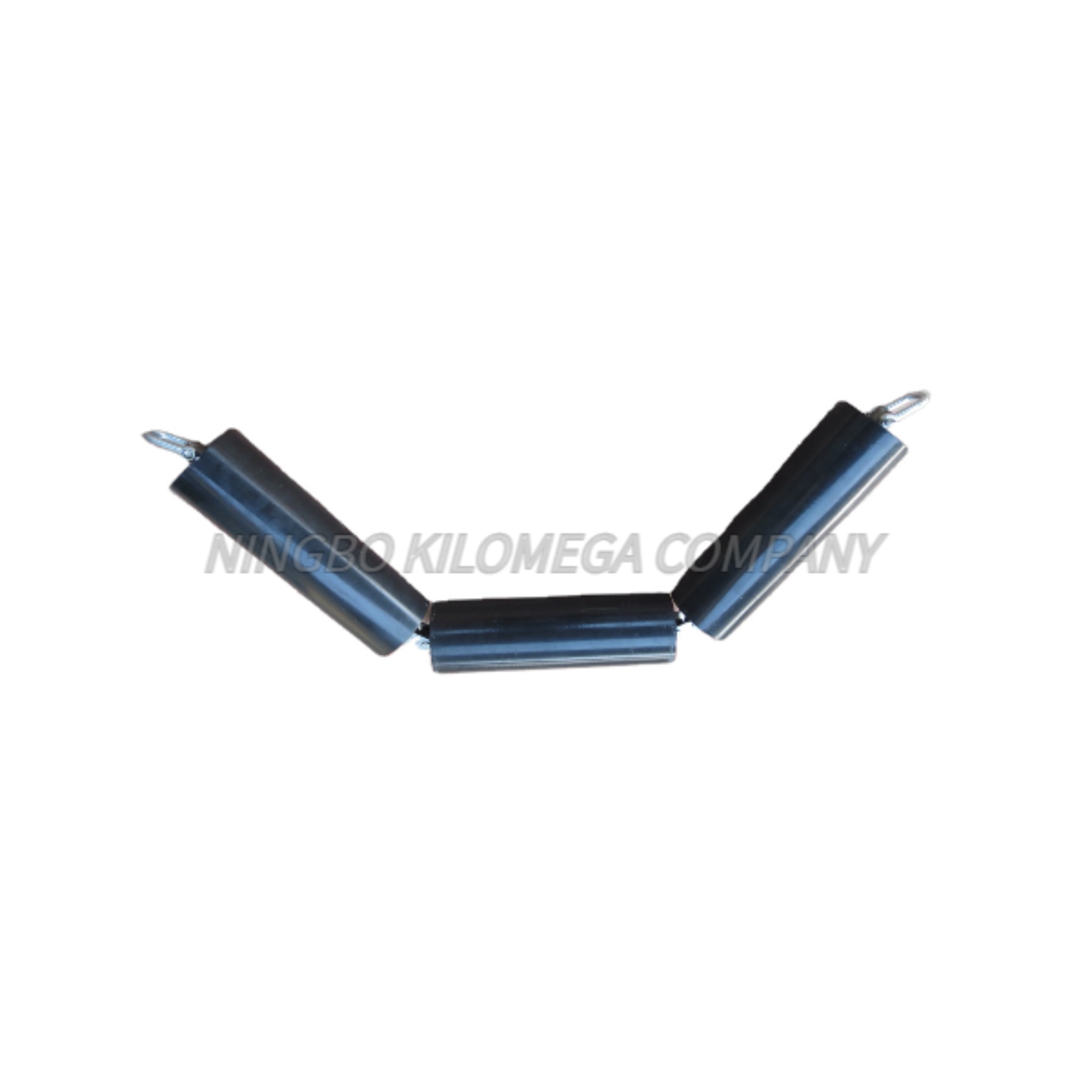Polyester conveyor belts are a vital part in the area of industrial automation and materials management. The unique belts produced are made-to-order thereby offering a consistent method of moving products, parts or goods throughout factories and warehouses. Polyester - a top-quality material that combines excellent tensile strength and resistance with sustainability properties at its best. The extraordinary universe of polyester conveyor belts starts disclosing some mysteries as we delve deeper.
Polyester Belts Adapting Heft Detection, The Secret 257 posts16 comments
Polyester conveyor belts are made with the highest level of material durability. Instead of high stretchy polyester fabric that might be damaged by moisture but not a little crowd, and the bad quality tricot with tends to bag out around knees. It is a high tensile belt which makes it stable at full load. With polyester offers optimal abrasion resistance und especially a significant higher breaking load compared with the precursors cotton or nylon. With proper care, polyester bands last for years to come and besides saving on costs help in reducing wear of other system components.
Efficiency at its Best (Polyester)
If your company needs an efficient belt to fulfill the demands of modern manufacturing, polyester conveyor belts are a great choice. Lower running costs, less impact on the environment due to lower energy usage and smooth operation. Polyester is also able to cut down on the heat generated by our belt system Requires less power because of a minimal demand exerted upon it so Polyester which as another easily item conformable. Polyester also has good dimensional stability which effectively eliminates misalignment and tracking problems, consistent performance across runs including less product loss due to spillage or slippage. This flippy-flappy nature makes polyester belts a favorite on production lines in general.
Comparison of Belt Material Durability
Thus, conveyor belts manufactured using polyester are more long lasting than ones that use materials like PVC, rubber and nylon. The type of conveyor belt may depend on the weight or temperature, but in almost all cases for a company perhaps something low cost and not subjected to such high temperatures would be PVC however it is not commonly used over 1000GC because they melt. More wear because of increased weight and less flexibility, which will make them have to be replaced more often while losing out on energy efficiency. While nylon belts are quite sturdy, as time progresses they will take in water and also the belt can lose it pliability; this indicates that ultimately the belt flatters too much brakes causing technical failure. Instead, polyester is very strong and durable but in between the two on both aspects whilst still being resistant to whatever you shove it through - hence why they are a popular choice of fabric all the way from mining right down to food processing.
Going green with Polyester
Come see how our polyester belts contribute to sustainability and eco-thinking in today’s industry decisions! Recycling is possible but here the front runner as polyester can actually be recycled a number of times (it's manmade!) with zero loss in quality, perfect for landfill and reduction in waste =yep LESS new required raw materials illusion; ) Additionally, lower energy consumption and longer service life of polyester belts mean fewer resources used throughout the lifecycle of the belt. Although first life polyester may have some environmental issues, advances in recycling of PET which is used to manufacture Polyester conveyor belts are making them an increasingly greener option
Polyester Makes a Huge Difference on Down Time and Maintenance Expenses
Manufacturers experience decreased downtimes and profit loss for unexpected outages as well. Elastic with obliviousness to identically disturbing distractions, yet polyester conveyor belts are a real driver of derailment for all these troubling things. This means they are less likely to fail unexpectedly since their wear & tear resistance and exposure of harsh chemicals / UV is unbeatable with these materials. Polyester belts require less maintenance and thus, drives need fewer repairs compared to leather Type I. This leads to time spent on adjustments or replacements further reduced down. In addition to reducing maintenance cost, it guarantees that the assembly line works flawless - increasing in total production capacity and productivity.
In conclusion, one can confidently say that polyester conveyor belts come with the guarantee of great sustainability for industrial functions which undoubtedly rose up because of their high resistance factor and moreover provides an efficient working whereby contributes to less down time also lowers the maintenance cost. With industries more than ever looking for ways to blend performance with environmental responsibility, polyester belts are an option that accomplishes a rare and expert confluence between essential process optimization. Understanding all the advantages of a polyester conveyor belt can save companies money in terms of product output while saving planet earth at the same time.


 EN
EN
 AR
AR
 BG
BG
 HR
HR
 CS
CS
 NL
NL
 FR
FR
 DE
DE
 HI
HI
 IT
IT
 JA
JA
 KO
KO
 PT
PT
 RO
RO
 RU
RU
 ES
ES
 SV
SV
 TL
TL
 ID
ID
 LT
LT
 SR
SR
 SK
SK
 SL
SL
 UK
UK
 VI
VI
 SQ
SQ
 ET
ET
 GL
GL
 HU
HU
 TR
TR
 AF
AF
 GA
GA
 BE
BE
 MK
MK
 MN
MN
 NE
NE
 KK
KK
 UZ
UZ
 KY
KY
 XH
XH

